Is Your Glass Really Getting Recycled? It Depends.
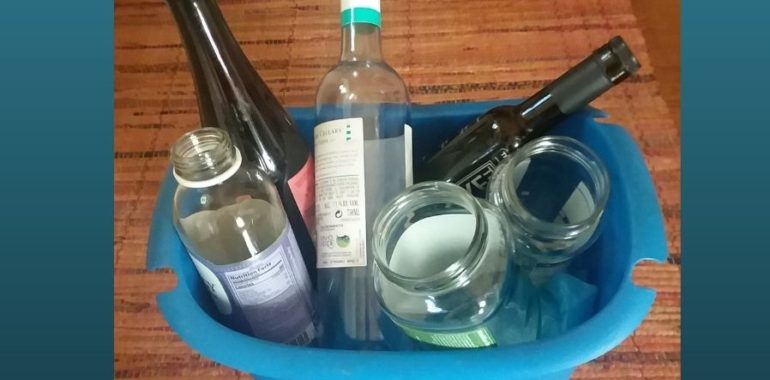
Is Your Glass Really Getting Recycled? It Depends.
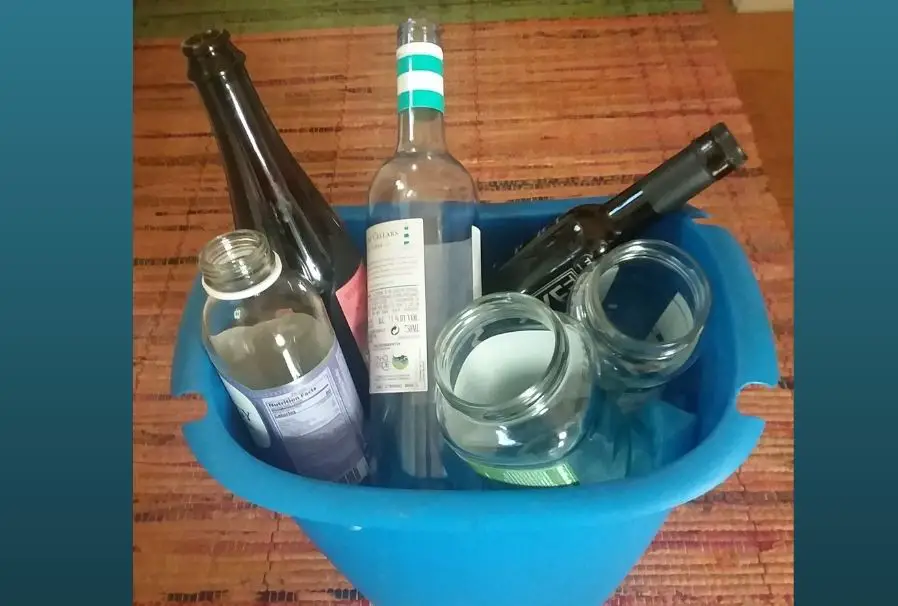
You may have heard that glass is infinitely recyclable. It can be melted down and reshaped into new bottles and other glass products over and over again, without becoming degraded or losing any of its properties (unlike paper and plastic). This is all true. So it seems like glass should be one of the most desirable materials for recycling. Yet much of the glass we send to be recycled doesn’t in fact end up getting recycled. Why?
Bottle Deposits vs Single-Stream vs Dual-Stream Recycling
Whether your glass is really getting recycled into new bottles usually comes down to what type of glass recycling is employed by your state or community.
Bottle/Container Deposits
There are currently 10 states that have bottle bills. States with bottle bills charge a small deposit (about 5 or 10 cents) for glass and metal containers, which the consumer can redeem when the container is returned. If you live in a state that uses a bottle bill/container deposit law, the bottles and cans you return have a very high reuse/recycling rate, so you can feel pretty confident that the materials you are returning are being reused or remanufactured into new containers.
Dual-Stream Recycling
If your community has you sort and separate your glass from your other recycling, called dual-stream or multi-stream recycling, then you can also feel fairly confident that your glass is actually getting reused or recycled into new glass products. Glass that is separated out by you, the consumer, is cleaner and less contaminated by other materials, and is therefore much more desirable by glass manufacturers.
Approximately 90% of glass put into a multi-stream recycling system does end up getting recycled. Because it is already separated from other materials, it doesn’t need to go to a recycling sorting facility first, it can instead go directly to a glass processor.
Single-Stream Recycling
Now we come to the problem child, single-stream or commingled recycling, which is the system most of us now have. This is the type of recycling where you have one large bin for all your recyclables including paper, plastic, metal and glass. The benefits of single-stream recycling are that it is easier for the public and that the collection process is also easier and cheaper for your city (and your taxes). This system also increases participation, as people are more likely to recycle when they have one bin and don’t have to separate materials. But on the processing end, it is considerably more difficult.
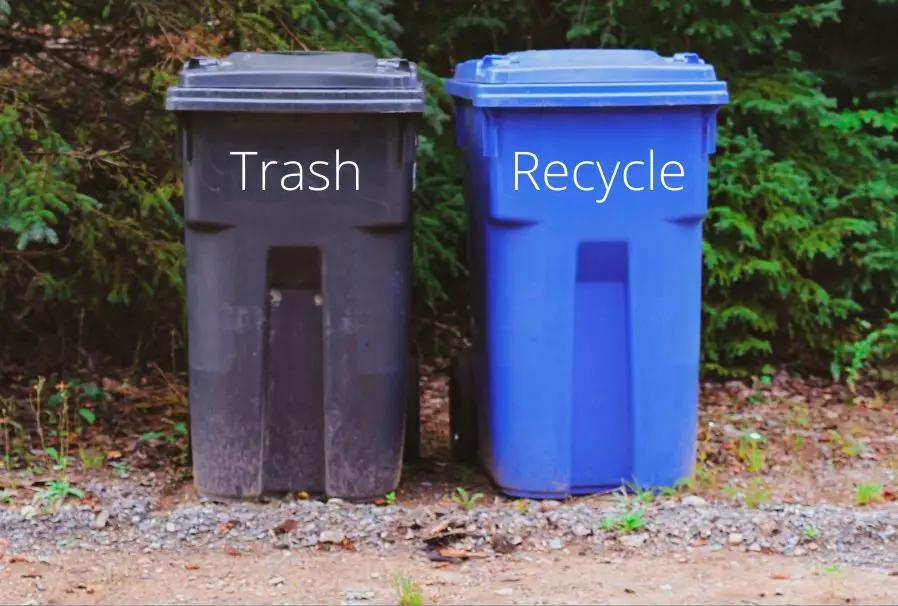
I remember thinking to myself when our city switched to single-stream about 10 years ago, “Wait, so we’re just supposed to throw everything in together? How is that going to work?” It turns out that it kinda doesn’t. We’ve created these complicated sorting facilities to try to separate paper from plastic from steel from aluminum from glass, but it’s pretty hard to do. Single-stream systems also end up with a lot more materials thrown in that don’t belong, complicating the sorting process. “Hmm…this coffee cup lid is plastic, into the recycling you go!”
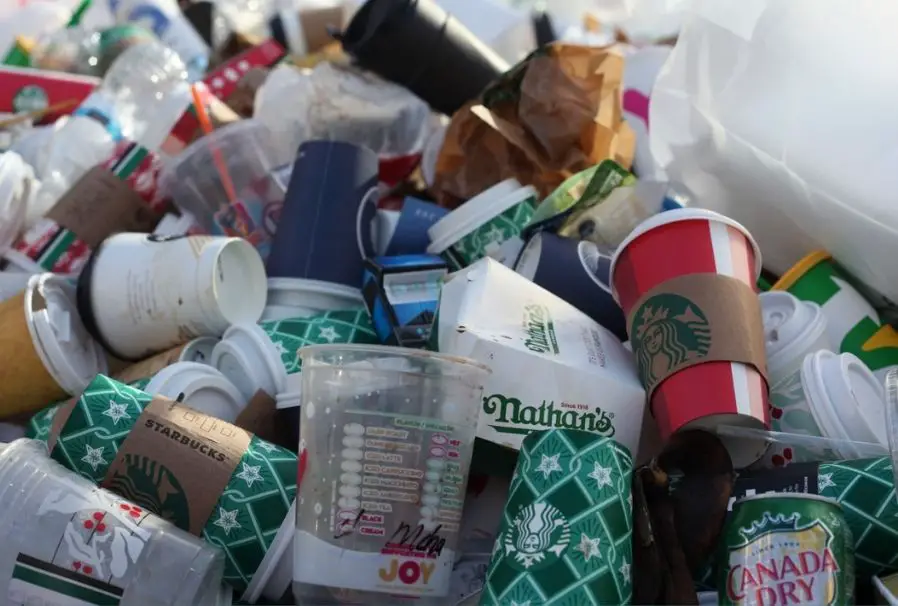
Glass is particularly tough. As you can imagine, after your curbside bin gets tipped into the recycling truck and then the whole load gets dumped out onto the tipping room floor of the Materials Recovery Facility (MRF), most glass ends up in shards, with bits of paper, plastic, dirt, food particles and so on mixed in. It’s pretty contaminated at this point, and very few glass manufacturers want it in this state. Only 40% of glass recovered from single-stream recycling actually ends up being recycled into new products. The rest ends up in the landfill.
[ Related: Recycling at a Materials Recovery Facility – How Does it Work? ]
When I visited our local MRF last year, I was pretty disappointed to learn that in my city the glass bottles we put in our curbside bin are not being recycled into new bottles. The dirty shards of glass that are gathered up during the sorting process are sent off to be mixed in with road-building materials. (Ever see a road that appears to be somewhat “sparkly” in the sun? It may be because it contains tiny shards of glass.) At least something is being done with it I guess, but that’s not a very efficient or sustainable use of glass bottles.
Should I even bother recycling glass bottles then?
If your community takes glass bottles as a recyclable item, please do keep throwing them in your bin. Most likely they are working on community education to reduce recycling contamination so that the materials become more marketable and are trying to find new outlets for recycled materials. The MRFs and manufacturers are probably also working on enhanced technology, better sorting mechanisms and new ways to clean and make recycled materials more usable and profitable in future. They want you to stay in the habit of recycling these materials so that when they (hopefully) find a market for it in future, the materials will already be moving through the system.

In the meantime, maybe we should all advocate for bottle bills in our states. What do you think?

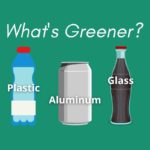
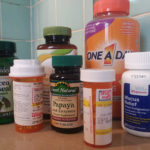
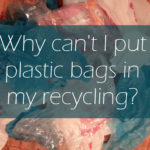

I came across a comment online that aluminum sparkling water cans are much worse for landfills/recycling than plastic. I haven’t had a chance to go down a rabbit hole to see if this is true. Have you come across any details or articles about aluminum?
I’m not sure if you mean they are worse in the sense that they create more toxic leachates after they break down in the landfill, or if they are worse in other ways, like in the process of making them. Aluminum does have problems. Mining virgin aluminum is a very toxic and energy-intensive. I’m hoping to do an article on aluminum soon, because cans that are made from 100% recycled aluminum are much more environmentally friendly than those that are not and I feel like I need to better educate myself on which brands are doing it right. But if you put your can in the recycling, I think you can feel pretty confident that it won’t end up in the landfill, because aluminum is valuable and easily recyclable. The aluminum showing up in landfill problem lies in too many people throwing cans and bottles into the trash rather than the recycling. As for sparkling water, we have a SodaStream and we love it! no single-use bottles needed!